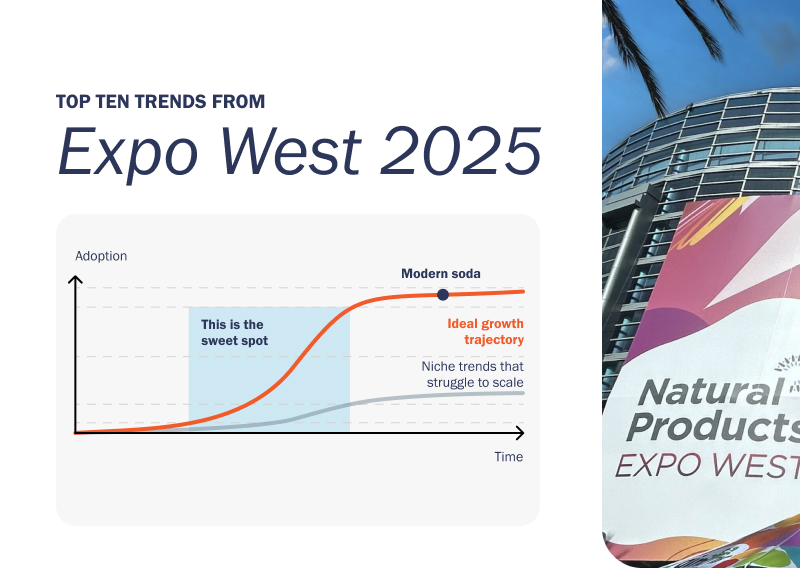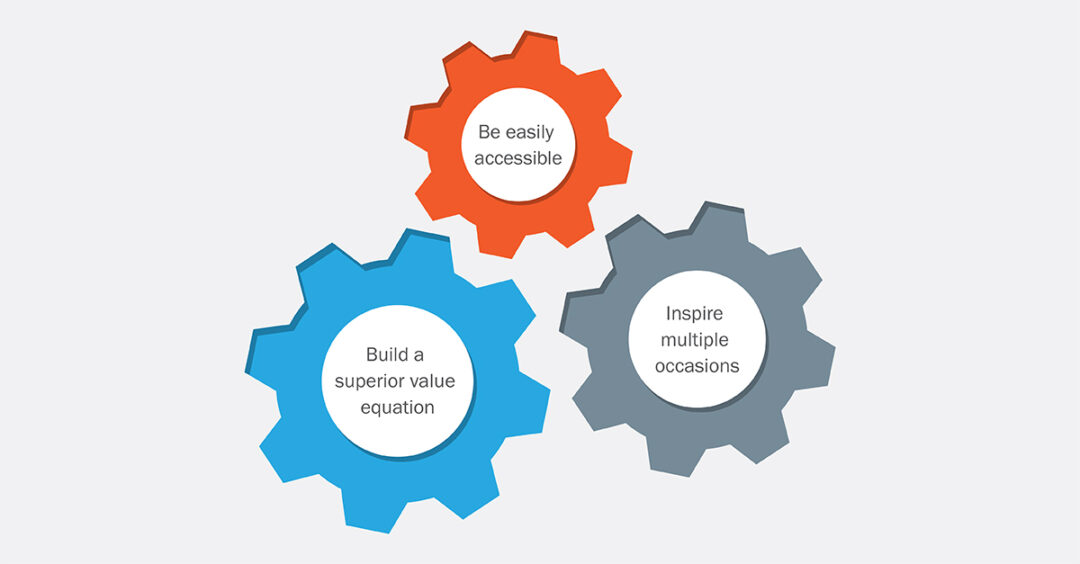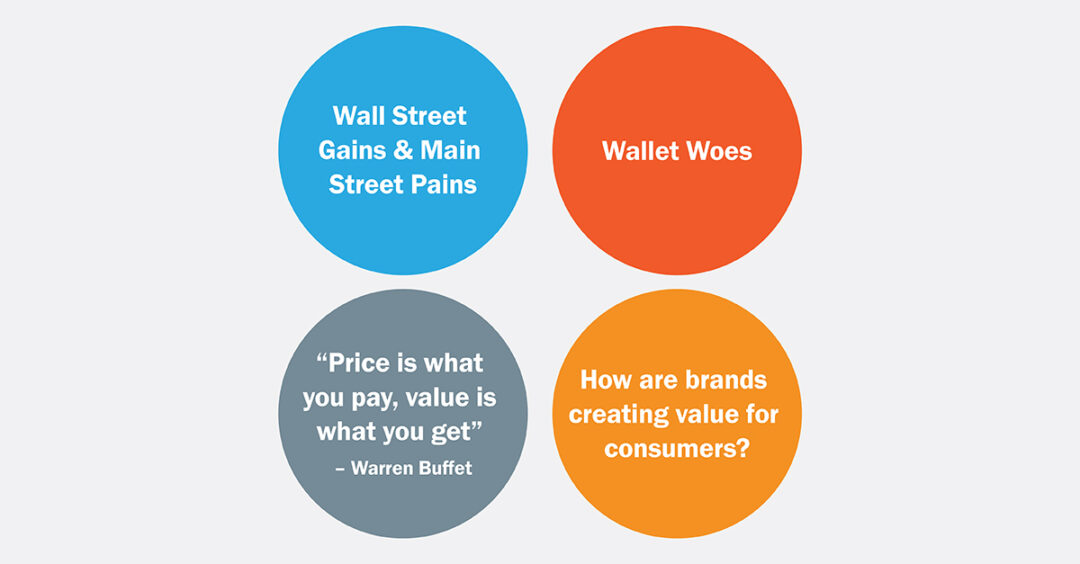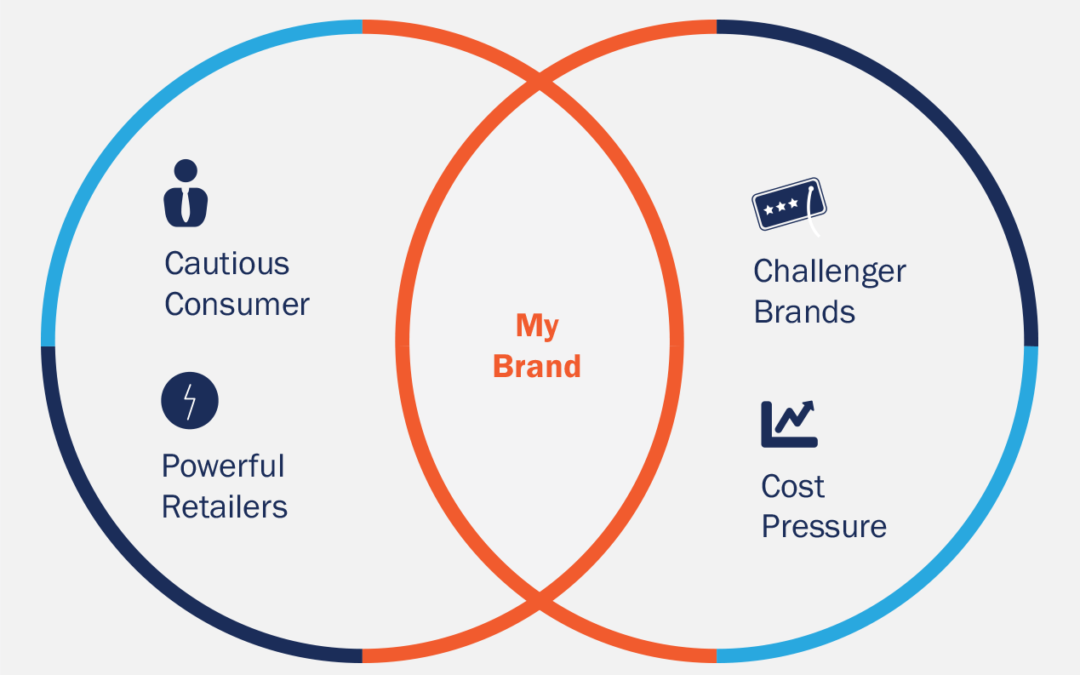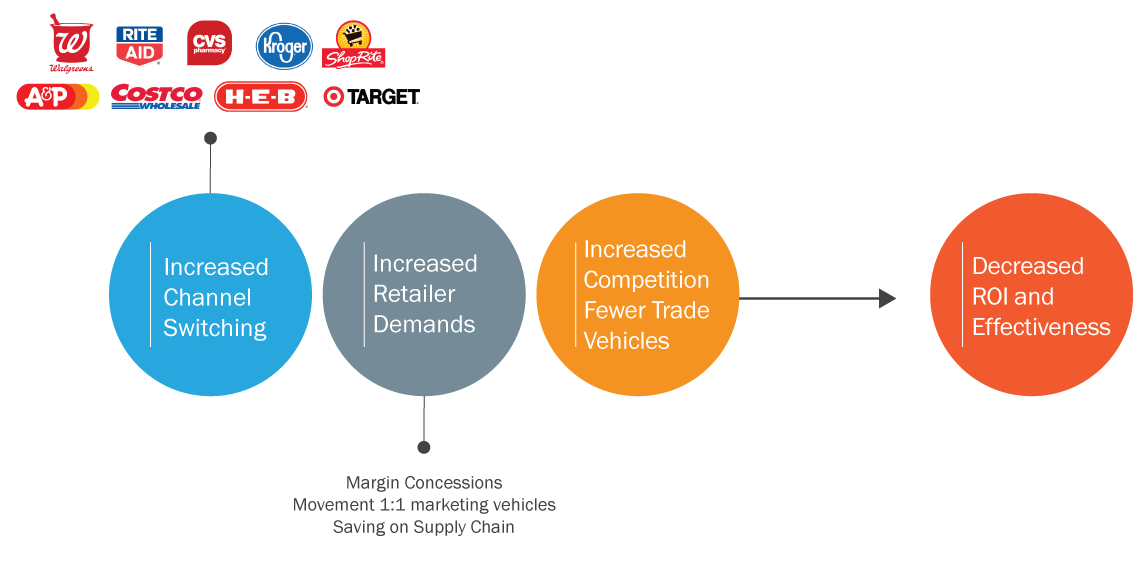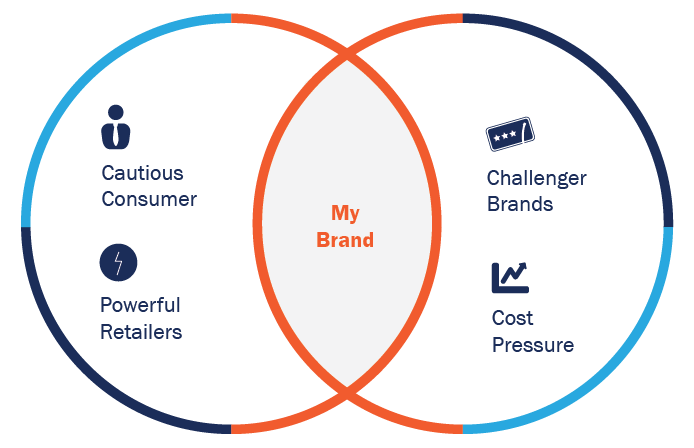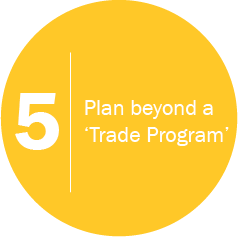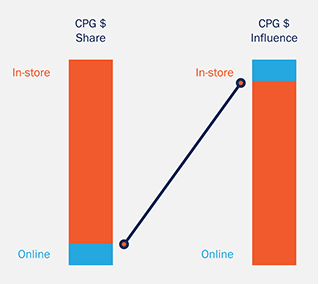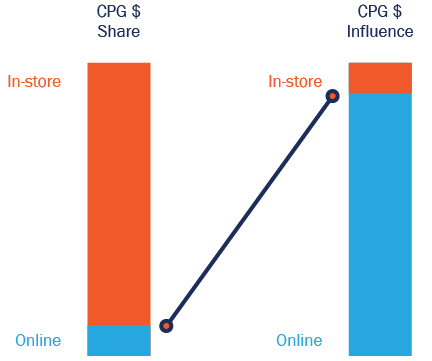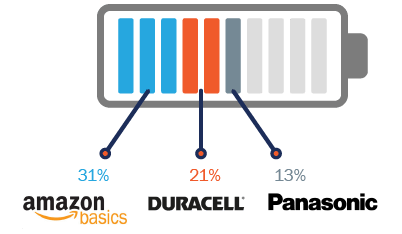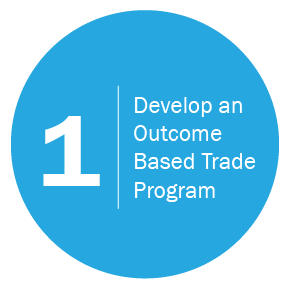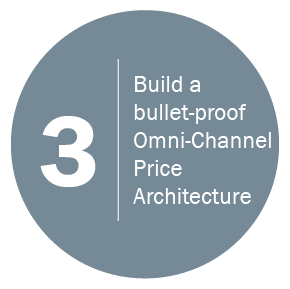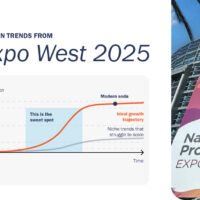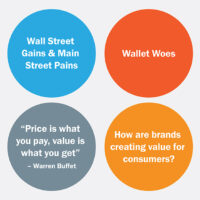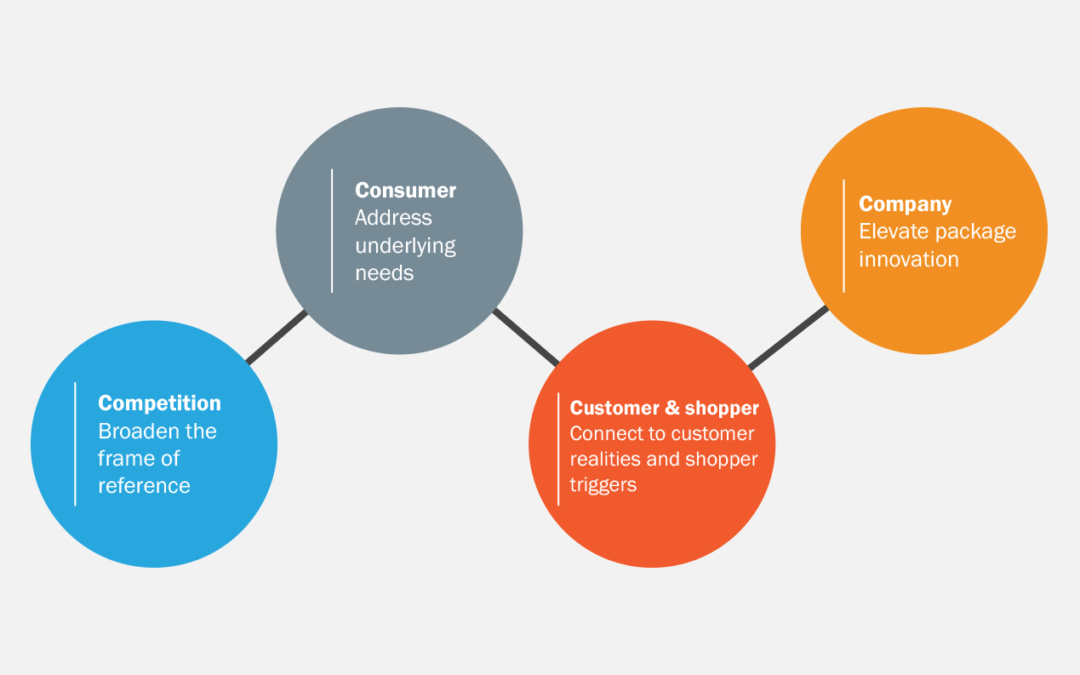
Innovation at the Moment of Truth
Innovation at the Moment of Truth
Introduction
Today’s Consumer Packaged Goods manufacturers face a challenging environment with overall industry growth forecast to be a modest 2.0-2.5% for 2018. While price increases have historically been a reliable growth lever, it has become increasingly difficult to realize price growth even when increased input costs justify a change.
The forces of value conscious shoppers, radical price transparency enabled by omnichannel commerce, and intensifying retailer competition have merged to reduce pricing power across the market.
Within this context, innovation remains an imperative for manufacturers to drive demand and realize higher prices. While most organizations focus on product innovation as the primary growth pathway, we at the Seurat Group see few manufacturers actively use packaging as a demand and value driver for their portfolio.
We believe package innovation is an under-utilized lever that brands can use to access incremental demand pools and realize higher price points among consumers, shoppers and customers.
Outside-In Package and Pricing Innovation
Historically, manufacturers have taken an inside-out approach to innovation and pricing decisions – both inside their category and inside the package. Within a category, revenue teams often lean on syndicated data to evaluate pricing within their category and brand portfolio to find the “optimal” price point.
Inside the package, manufacturers lean in on R&D teams to develop products that deliver enhanced benefits to justify higher price points – e.g., organic or clean label offerings.
While these steps are important, focusing solely on ‘inside’ dimensions limits opportunities to increase consumer share of stomach/ usage or to drive overall value growth.
Expanding to include an exhaustive ‘outside’ view elevates the importance of consumer, shopper and customer need spaces, and reveals opportunities for brands to meet new needs through enhanced benefits at higher price points.
Looking Outside-In


Within a broader frame of reference it is critical to build solutions for consumers grounded in a deep understanding of the needs that drive product selection. Traditional price and package optimization often has a narrow focus on identifying gaps within a category’s current range of package sizes and prices.
However, this often limits growth to stealing share from within the category or subsidizing sales from a brand’s current product range. Re-orienting to start with broader consumer needs allows for brands to identify incremental demand spaces that are under-served and utilize package innovation to access incremental profit pools.
For example, understanding that a consumer is looking for an interesting, on-the-go snack to alleviate boredom on their commute, rather than a small bag of chips, establishes a whole new foundation to inspire package innovation.

Defining a unique role for each product at the customer level – and the specific needs of shoppers in those customers – are key inputs into package innovation and pricing. The result is an omnichannel product portfolio that delights customers and shoppers and is naturally differentiated across points of distribution.
As online retailers shepherd in the age of Radical Price Transparency (see our growthpaper ‘Radical Price Transparency’), manufacturers increasingly need ways to manage cross channel price matching. Channel specific package innovation provides the dual benefit of better meeting customer needs and minimizing pricing conflicts.

A product’s packaging plays a key role in addressing expanded consumer, customer and shopper needs. In order to access incremental demand spaces, innovation must incorporate package design elements required to win occasions from competitive products.
Vying for a quick-fuel, on-the-go occasion highlights that a package must have portable, quick to eat, no mess (e.g., one handed) elements in order to win a consumer’s dollars. In order to be successful, package innovation needs the same focus, investment and attention as product innovation.
Conclusion
As manufacturers seek ways to increase growth in a low-growth environment, package and price innovation can unlock significant incremental profit pools for new and existing brands. Looking “Outside-In” and utilizing the four best practices outlined above provides the foundation for brands to develop concepts that connect to incremental demand spaces and price points.
The Seurat Group helps clients look “Outside-In” to uncover incremental brand growth opportunities through package innovation and pricing. Please contact us directly at info@seuratgroup.com with any comments or questions. We welcome your input.


